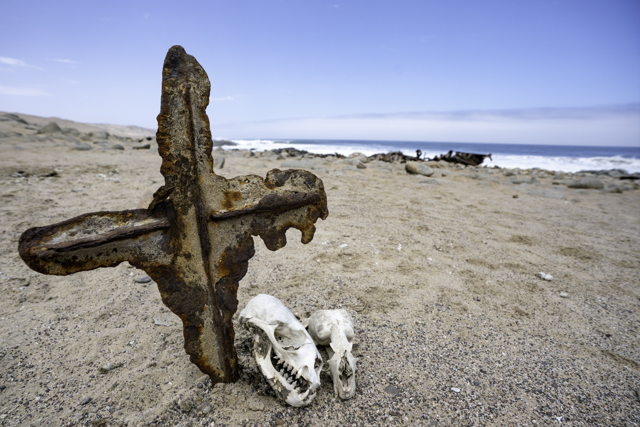
For me, simply hearing the words “Skeleton Coast” sends chills down my spine. It is one of those mythical frontiers that is just as forbidding and remote as its name suggests. Originally it was named for all of the whale and seal bones that littered the beaches during the commercial marine mammal hunting days, but it also describes the graveyard of shipwrecks which dot the vast shoreline from Namibia’s border with South Africa heading north to Angola. Numerous rocky outcroppings offshore wait in ambush for marine vessels that are hindered by strong onshore currents and constant fog which forms as the cold Benguela Current water meets hot African air. There are over 1,000 remains of boats along this desolate, wind-scoured shore, which was called by the indigenous Bushmen “The Land That God Created in Anger,” and the Portuguese called “The Gates of Hell.”
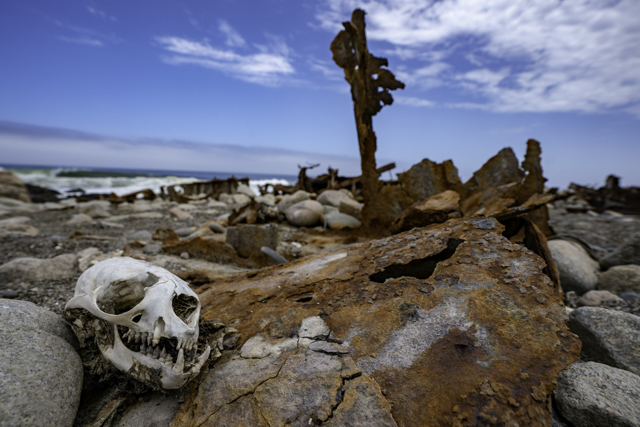
I explored this coast of Namibia nearly twenty ago, and will never forget its overwhelmingly stark, forbidding atmosphere, its cold day breeze, the massive, angry breakers rolling in off the frigid Southern Atlantic waters, and the pervasive stench of dead cape fur seal carcasses. While leading a recent photography expedition for Natural Habitat, I was able to return and explore an even more stunning and remote stretch of the Skeleton Coast.
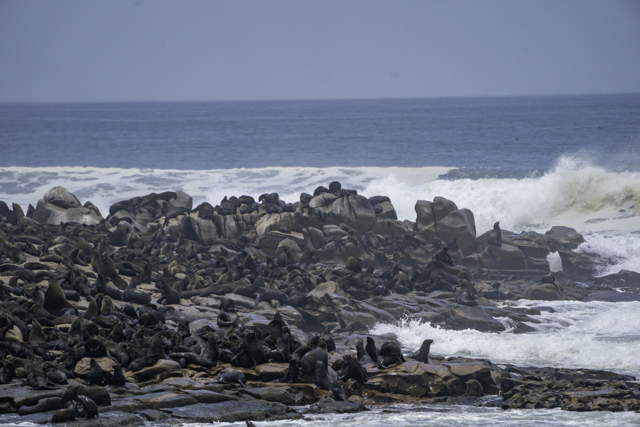
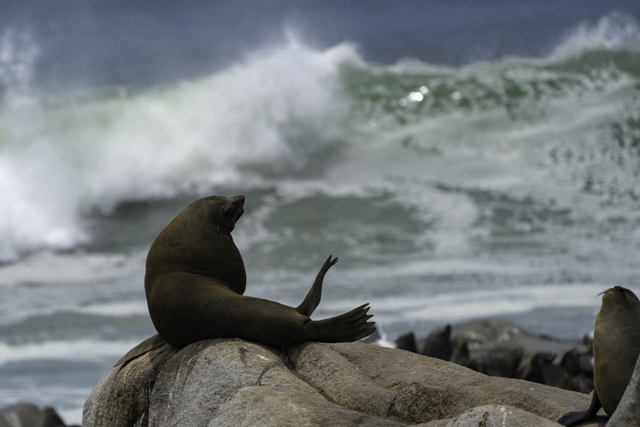
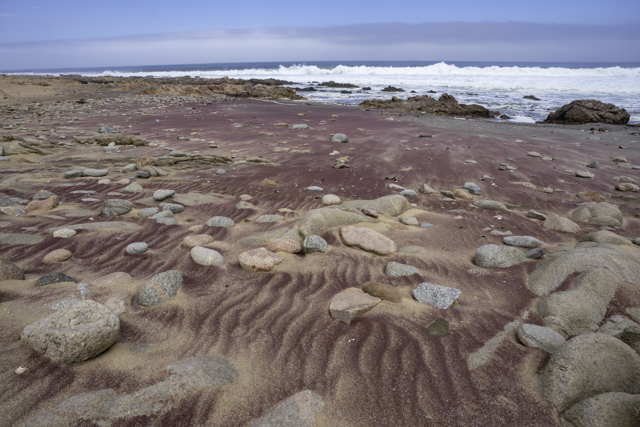
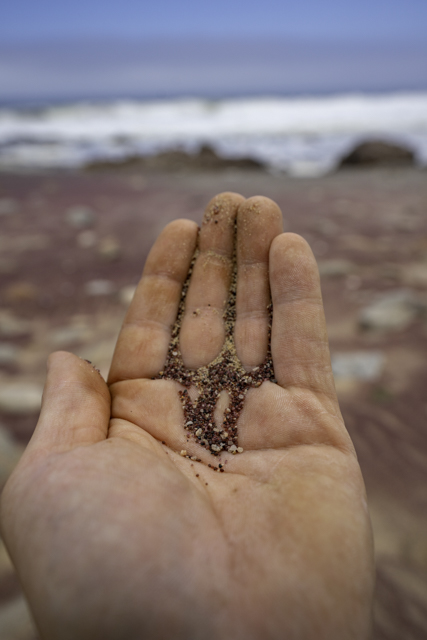
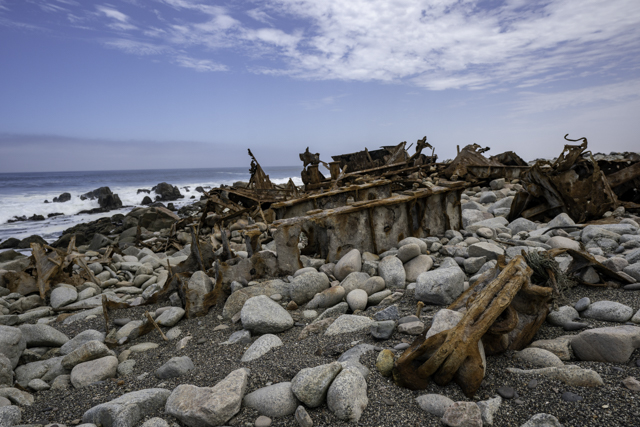
This coast is one of the driest places on the planet. Similar to the Atacama Desert of Peru, cold marine air is heated as it hits the sun-baked Namib Desert which increases its ability to hold moisture, so the only water this land receives is in the form of fog. This oceanic upwelling, which starves the coast of water, is also responsible for one of the richest marine bounties on earth. This amplitude of fish, squid and crab feeds the 1.7 million cape fur seals which have been protected from hunting since 1990. These seals, in turn, feed a few legendary remnant prides of desert lions, black-backed jackals, and the endangered brown hyena. I had always wanted to see a brown hyena, and we were lucky enough to get a great view of one of these mysterious, highly endangered scavengers.
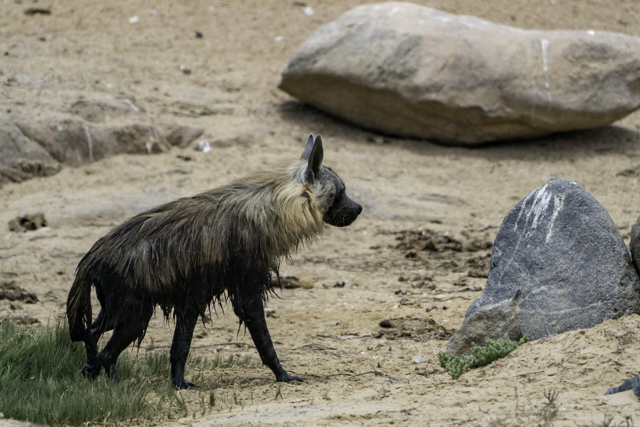
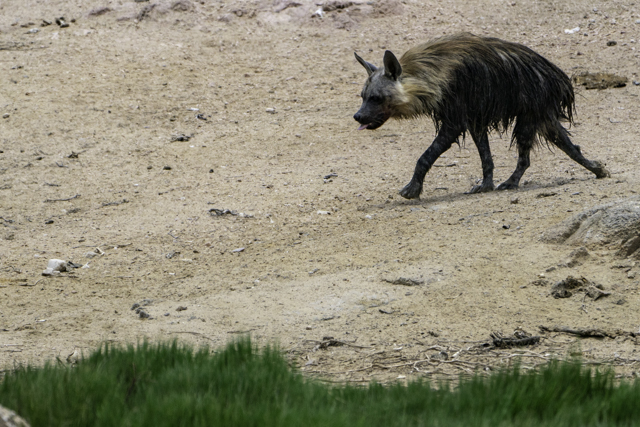
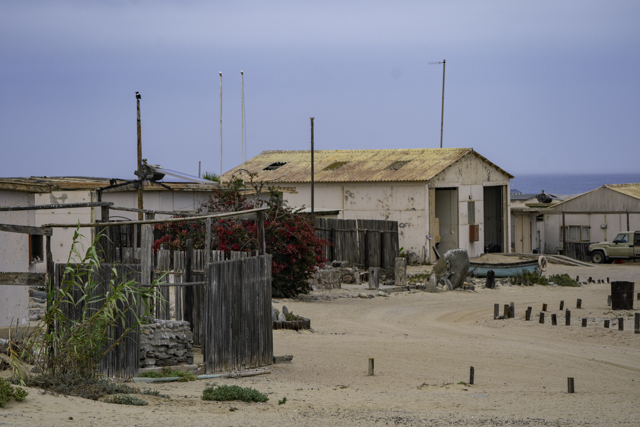
The skeleton coast is not an easy place to visit. There are good roads leading to the coastal towns of Walvis Bay and Swakopmund far to the south, but this section is very inaccessible. We took a day trip from the remote Hoanib Desert Camp, which we reached by small aircraft. From the lodge, we drove for 3 hours down a sandy riverbed, and over a sea of giant sand dunes before the horizon turned to cold, angry ocean. After exploring the coast and having lunch on the beach, we flew back to the camp.
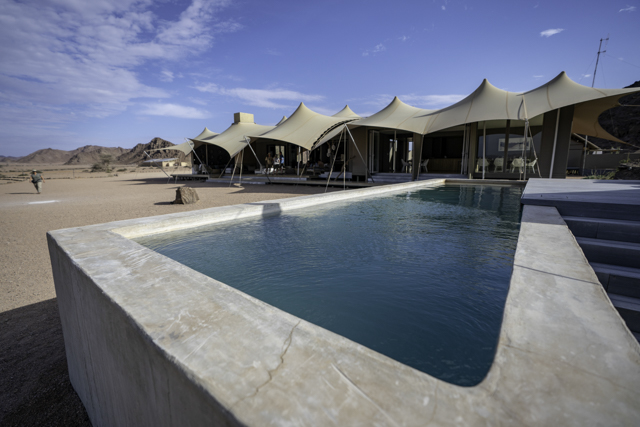
The drive to the coast was perhaps the highlight of the expedition. We encountered herds of desert-adapted elephants and lions, oryx, giraffe, and I had my first sighting of a honey badger- the animal I have most wanted to see on earth for many years. The other vehicle had an amazing close-up view of an African wildcat. This drive across such varied terrain, from rocky mountains and riverine acacia-scrub plains to an ocean of sand dunes which stretched into oblivion, and then on to the mythical Skeleton Coast, with the roar of breakers, smell of ocean air and the rusted relics of shipwrecks, was a mind-blowing journey none of us will ever forget.
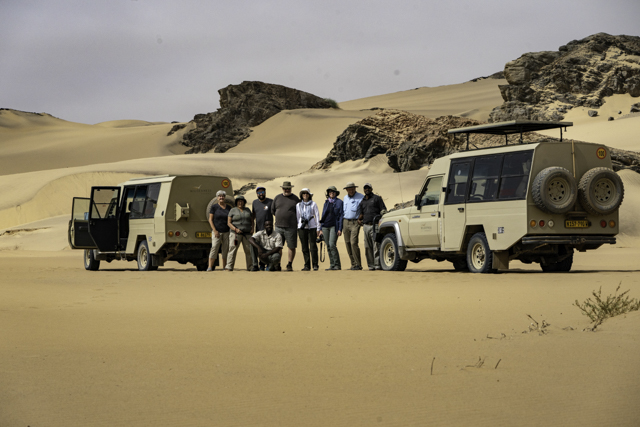
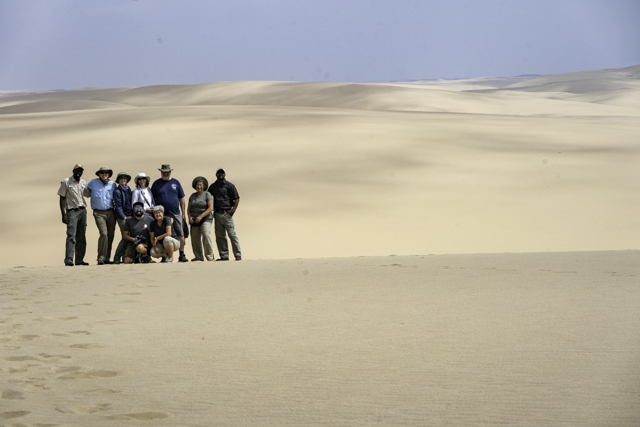
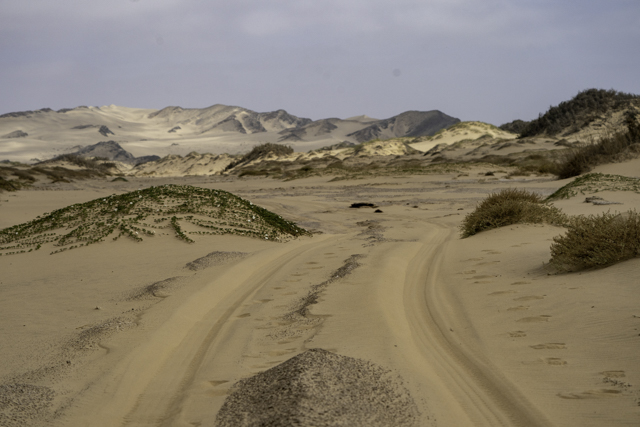
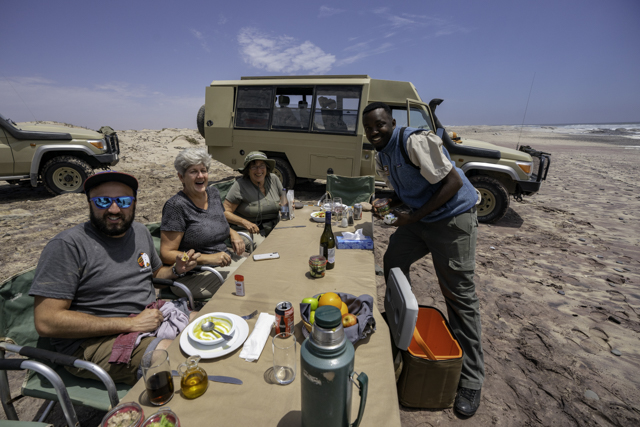
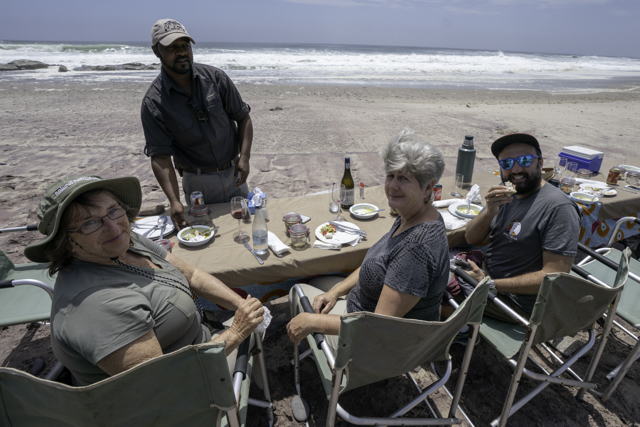
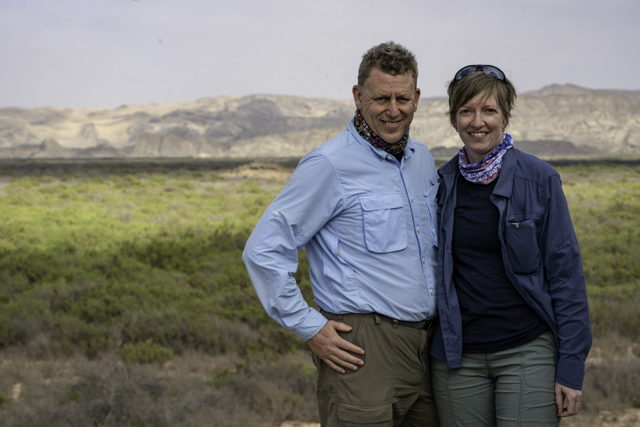
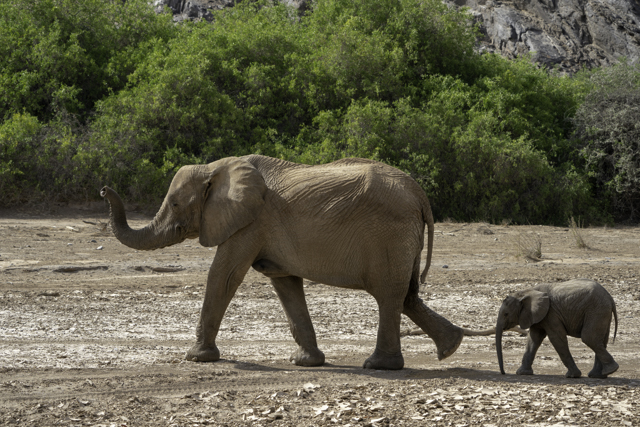
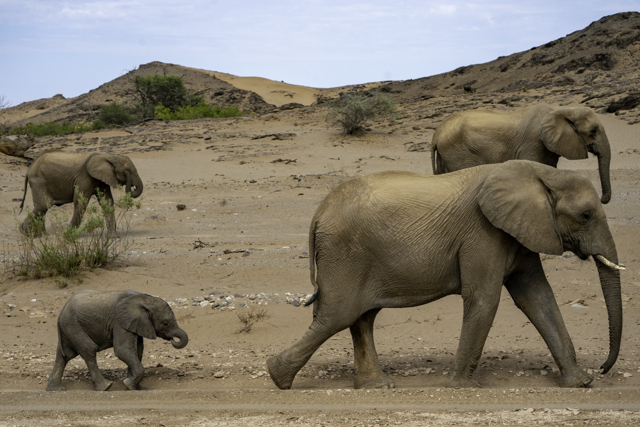
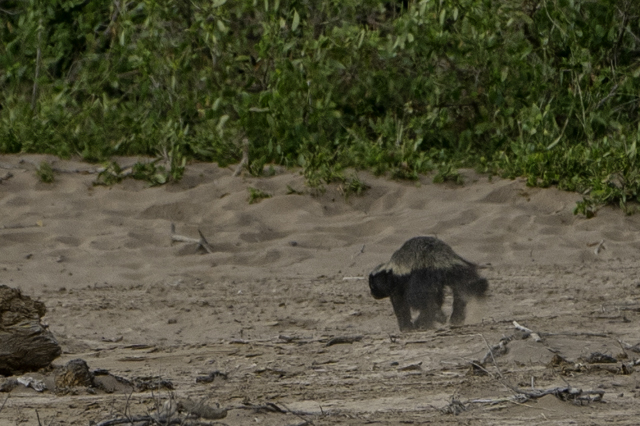

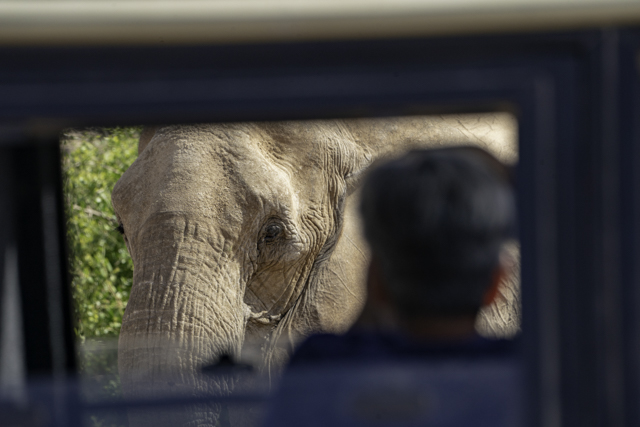
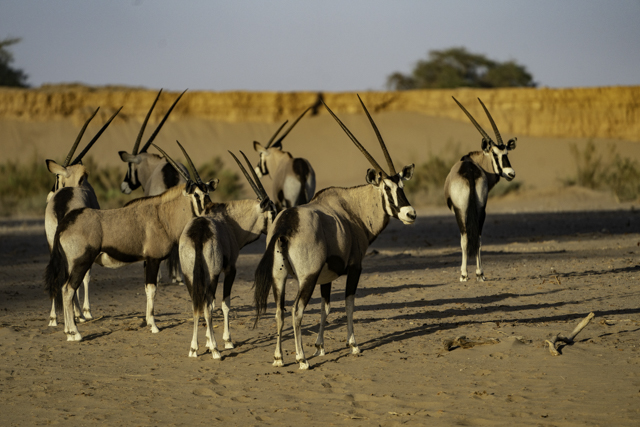
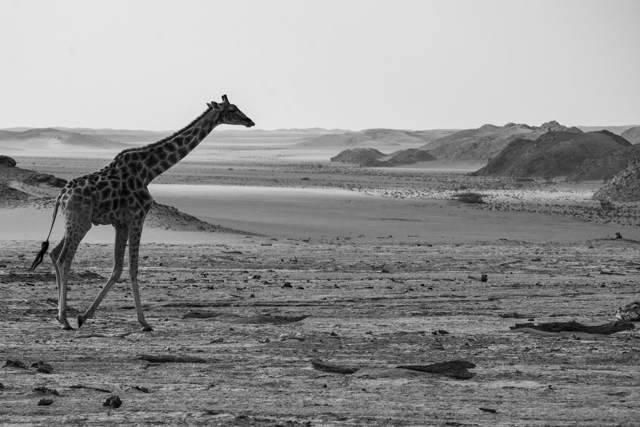
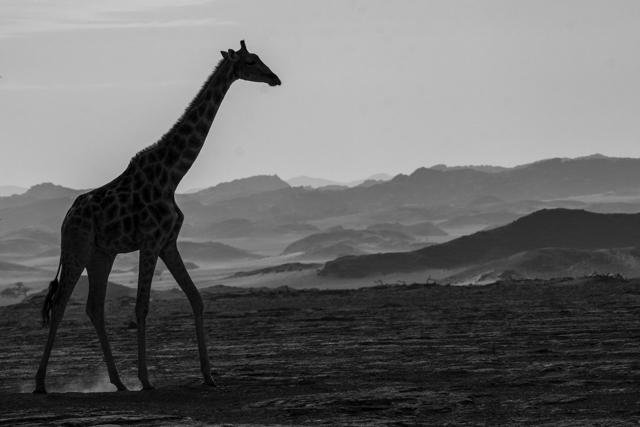
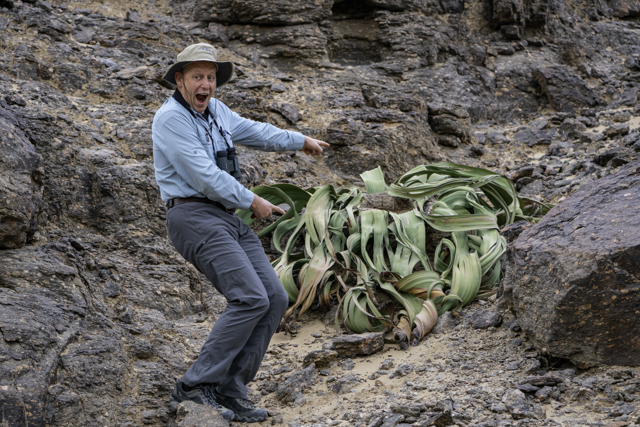
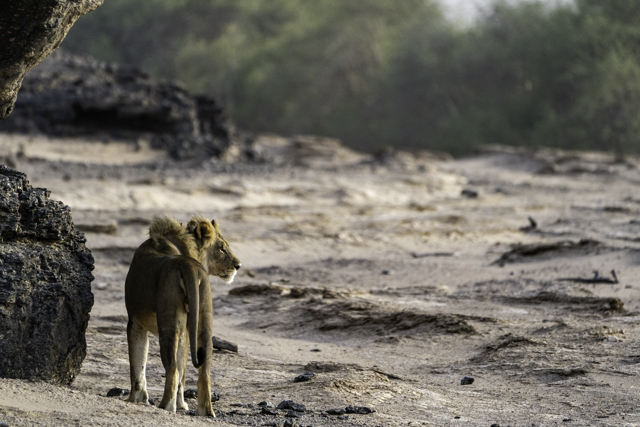
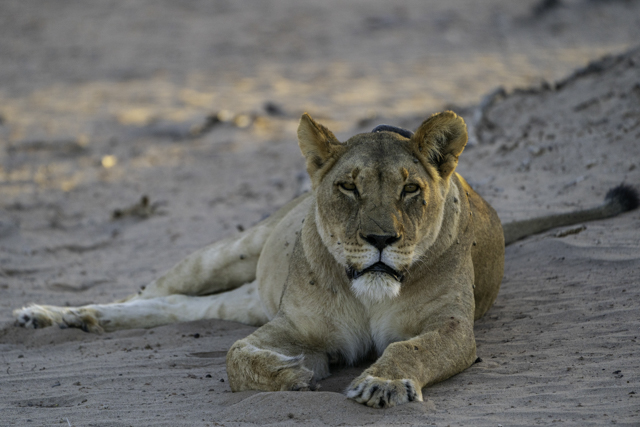
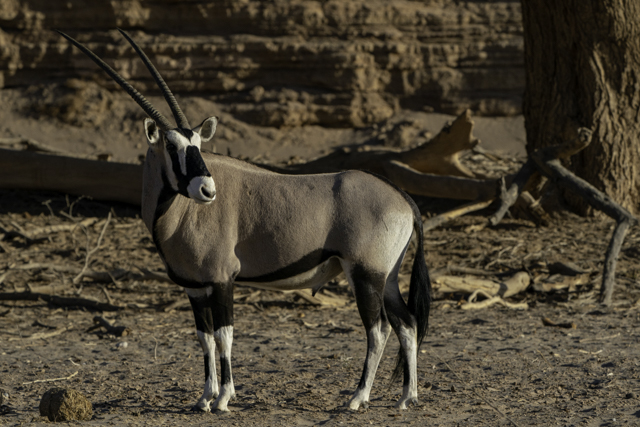

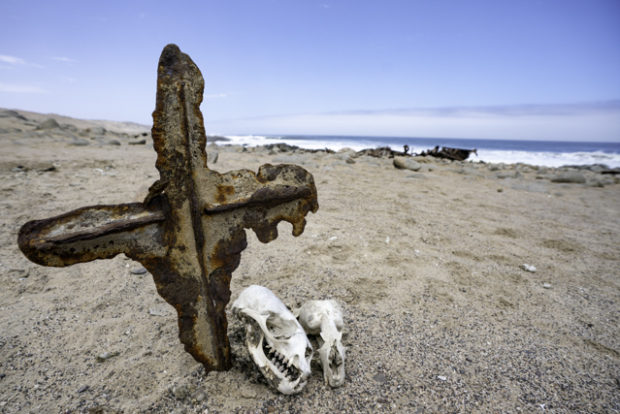

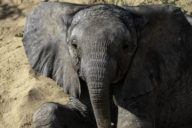
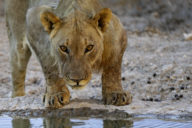
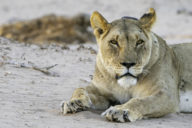
No Comments